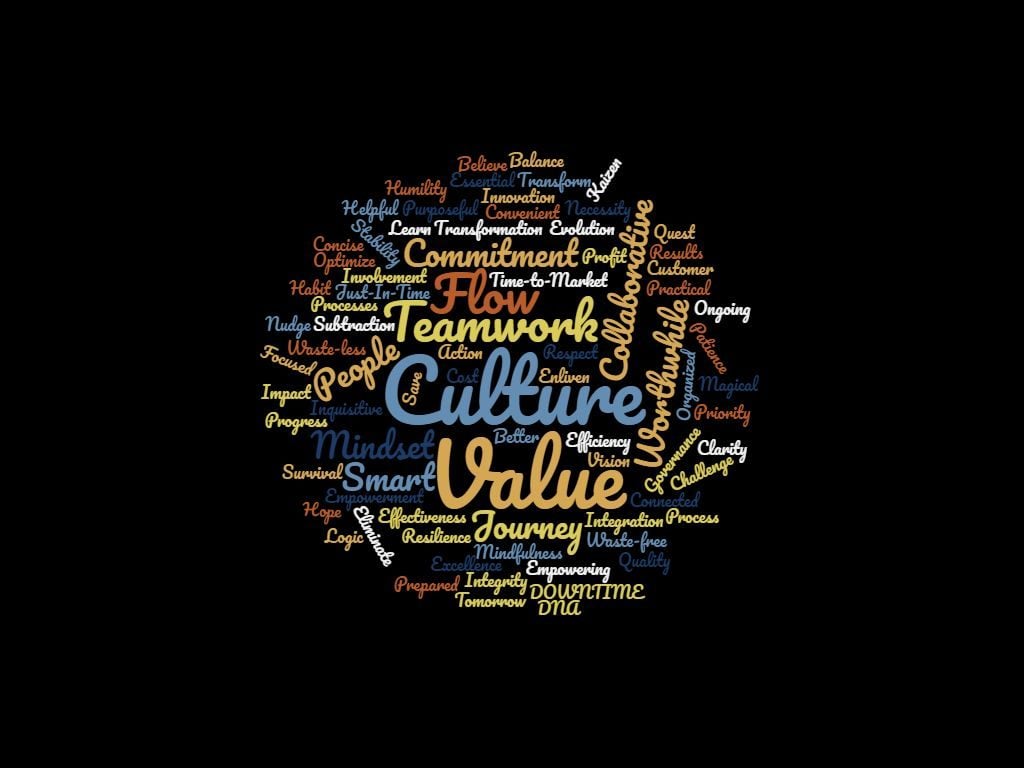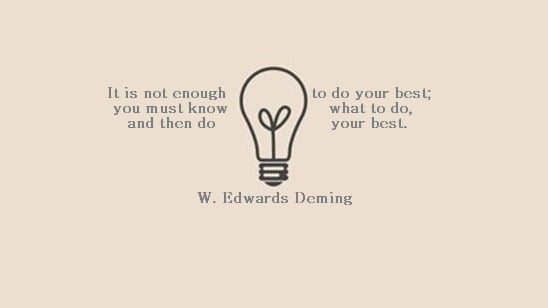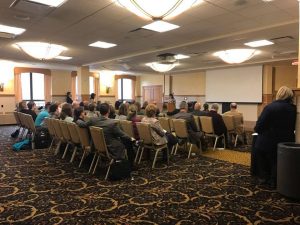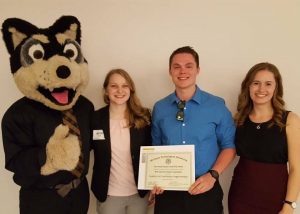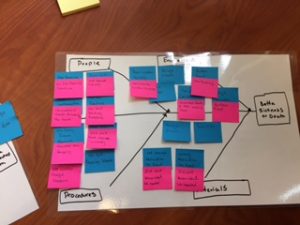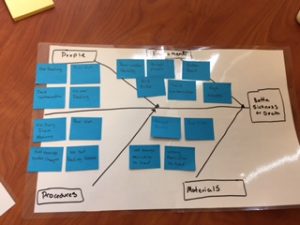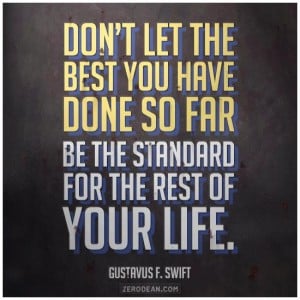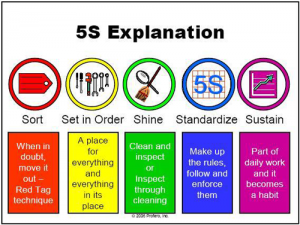How can just 6 letters be arranged to create one of the most powerful words in our language? This word can strike fear into the hearts of some, and empower others. Change is a powerful word, and even so, a more powerful tool. I will be the first to admit that I am afraid of change. For most of my life, I have run from change, only to have been dragged back kicking and screaming into its path. It was only recently, as I began to learn and embrace LEAN culture that I also learned to embrace change for what it really is, a powerful tool that can change my life for the better.
I haven’t always been able to embrace change for what it is. When I first learned about LEAN I thought it would be a good way to hide from change. LEAN would be my shelter, protecting me from the winds of change. Inside my shelter I would learn all of these life saving tools and battle techniques and emerge from the darkness as the hero that would defeat change once and for all. I would build standards and processes that would allow me to justify my need to do things the same way everyday. These standards would be the walls that kept me safe.
It didn’t take me long to realize how wrong I was with my vision of LEAN. LEAN was not a sword to be used to defeat change. LEAN was, and is, a language that can help us communicate through change. LEAN and change are a pair of tools helping me continue on my path of improvement.
One of the first lessons I learned taught me that LEAN is not an excuse to justify current state. In fact, the LEAN culture actually seeks to remove the justification of current state and see our current state for what it actually is. LEAN culture wants us to find the problems with our current states, without placing blame on each other. My fear of change stems from the justification of my current state. If my process isn’t broken, then why should I fix it? I learned the answer to this question when I started learning to collect metrics. Metrics can come in any shape, but they all have one thing in common. Metrics show where a change was beneficial or where it wasn’t. For me, this system of metric collection helped me embrace change; I could see that change can help rather than hinder. The LEAN culture has helped me to see that change isn’t something to be afraid of.
I still have a long way to go in my relationship to change. I can admit that I still have trouble jumping right into a new idea without fear. I know that I can embrace change. Now that I have a language to help me communicate with change, I can use it to further my path of improvement.
